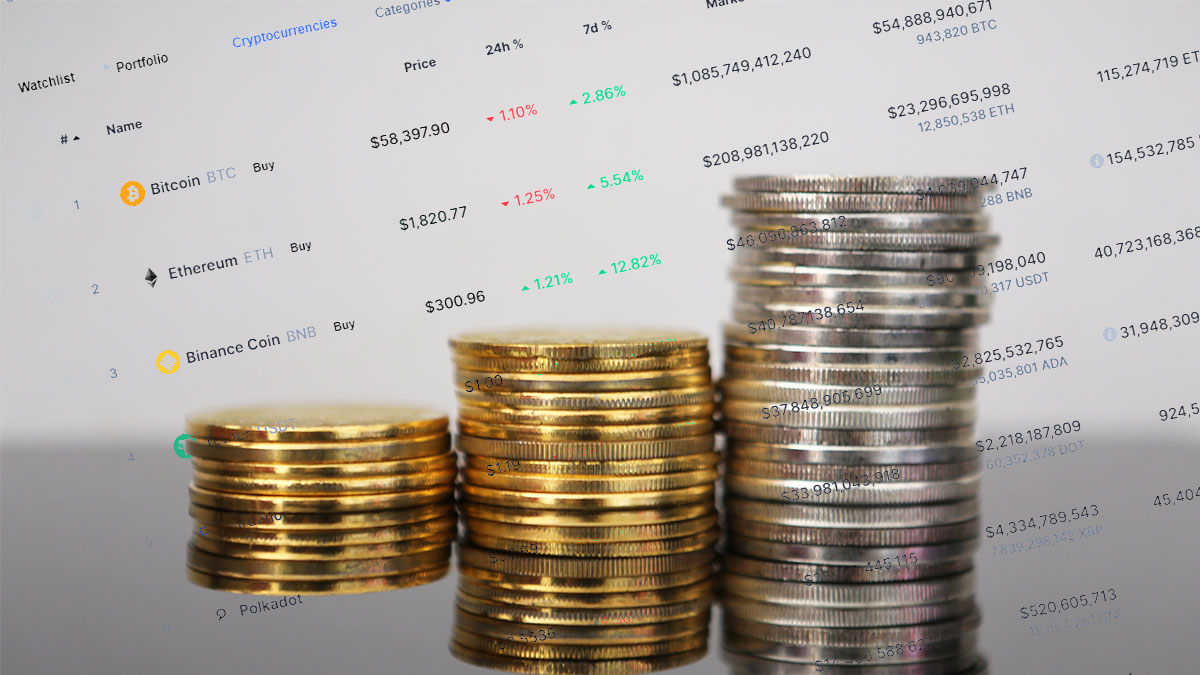In recent developments, the discussion around stablecoin regulation has gained traction among US lawmakers, with concerns about maintaining the US dollar’s global dominance. Circle’s Dante Disparte highlighted in a CNBC interview the critical need for legislative action against unregulated stablecoin activities, which pose threats to the US economy. The discourse underscores the urgency of bringing stablecoin operations within regulated bounds to safeguard economic interests.
Legislative Moves and Financial Stability
Timothy Massad, ex-chairman of the Commodity Futures Trading Commission and now a Harvard researcher, raised potential risks in an article about stablecoins undermining the financial clout of US banks in global dollar transactions. The anxiety is that stablecoins might enable evasion of US sanctions and disrupt national economic policies if left unchecked. On the legislative front, the bipartisan Stablecoin Payment Act proposed by Senators Cynthia Lummis and Kirsten Gillibrand aims to frame a regulatory environment for payment-related stablecoin projects, thus asserting the US dollar’s supremacy and supporting the dual banking system.
Influential Voices in the Regulatory Dialogue
Massad regards the Lummis-Gillibrand bill as a pivotal advancement for imposing regulatory standards similar to those of the Bank Secrecy Act on stablecoin issuers. Kristin Smith from the Blockchain Association believes that such legislation will not only bolster the dollar’s global position but also encourage responsible innovation within the crypto sector in the US. This sentiment is echoed by other supporters who view regulatory clarity as essential for fostering stablecoin innovation and market growth in the country.
Points to Consider
- Stablecoin regulation could reinforce the US dollar’s position in global finance.
- Legislation needs to balance innovation with stringent oversight to prevent misuse.
- Future regulatory frameworks might shape the landscape of digital currencies in the US.
The unfolding scenario presents a complex but necessary challenge of integrating burgeoning digital financial vehicles into the existing financial system without compromising the economic strategies of the US, thus ensuring both progress and security in the digital age.












